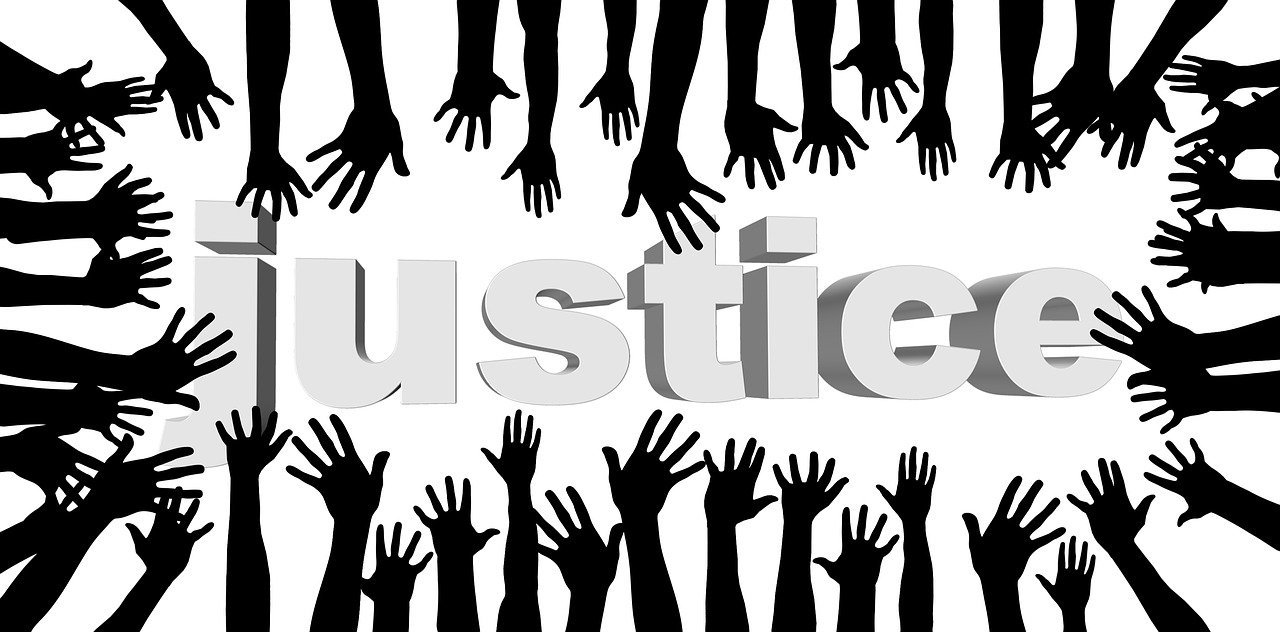Social Justice and Community Change
Overview
|
This is a completed Faculty Mentoring Network (FMN). FMNs are sustained, immersive, community-based professional development opportunities for faculty. FMNs support the adaptation and implementation of materials and/or instructional approaches in their classrooms. Learn more about FMNs. Interested in upcoming FMN opportunities? Sign up for the QUBES Newsletter Browse products from this FMN Visit partner groups for full resource collections |
Social Justice and Community Change
Building CURES with Community Social Justice Impact
Brought to you by
Goals
- Use the historical practice of Redlining to examine how social and economic factors over the last century have created disparities in environmental conditions in our urban communities that have significant implications for human health, biodiversity and evolution
- Develop course-based undergraduate research experiences (CUREs) that increase students’ understanding of Environmental Justice/ Social Justice issues using data-driven learning and authentic research experiences
- Use case studies to introduce progressive CURES for environmental science, biology and other STEM courses
Mentors
- Pat Marsteller, Emory University
- Sarah Prescott, BioQUEST; University of New Hampshire
- Tamara Basham, Collin County Commuity College District
Final Products
Exploring Health Inequities and Redlining
Version: 1.2
For this assignment, students will investigate relationships between historic redlining data and modern statistics of human health.
Assessing Socioeconomic Trends in Tree Cover and Human Health in Urban Environments
Version: 1.0 Adapted From: Redlining and Climate Change v1.0
In this exercise, students use a combination of publicly available data and tree cover data that they generate using iTree Canopy to test whether tree cover is equitably distributed within the city of Dallas.
Graphing and mapping patterns of air quality in Los Angeles, California through an environmental justice lens.
Version: 1.0
Air quality is an environmental issue that impacts everyone in Los Angeles. This activity presents current popular press articles about air pollution and environmental justice and maps and graphs PM pollution in Los Angeles.
Basic data handling and data analysis skills are introduced to visualize and analyze ‘big data.’ Environmental justice is introduced to give students an understanding of tools and strategies to explore while developing advocacy and communication skills.
This exercise explores circumstances of urban heat islands in the United States using spatial data, including an exploration of heat island solutions.
The Legacy of Redlining in Oakland, CA
Version: 1.0
The issues of redlining and environmental justice will be introduced and used as a framework for a number of topics in the third part of the semester in a non-majors Environmental Science course.

